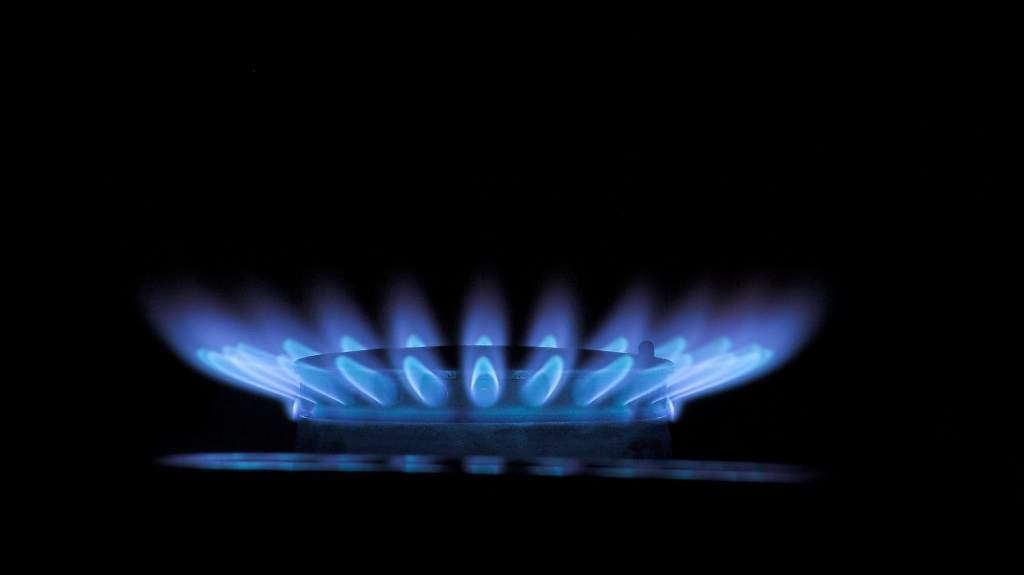
A Brief Look into the Safety Standards of Natural Gas Usage at Home
The cleanest fossil fuel in the world is none other than natural gas. It is widely used in the home and produces carbon dioxide, water vapor and nitrogen oxide when it burns. You use it to provide power to a number of household appliances, such as stoves, furnaces, dryers and fireplaces. If you use it for any of these purposes, it’s important to know the safety standards of natural gas usage in the home.
Knowing What to Look for with Gas Safety

There are certain signs to look for to ensure that the gas usage in the home is safe. A gas leak can be determined by a few signs, including the following:
- Air bubbles appearing outside your home: If there is standing water like a puddle outside your home and the presence of bubbles within, it’s a sign that you have a gas leakage.
- The smell of rotten eggs: Natural gas is normally both colorless and odorless, but when there is a leak, you may detect the smell of rotten eggs.
- Hissing sounds: Hissing sounds in appliances, even when they are off, mean that you have a natural gas leak.
- Dead or dying plants: If plants outside your home are dead or dying when you have been properly caring for them, it can signify a gas leak.
- Symptoms of gas poisoning: If you and your family members have symptoms like dizziness, headaches, fatigue, nausea and breathing problems, it can be due to gas poisoning from gas leakage.
- Using more gas than usual: If you are using more natural gas in your home, you may have a gas leak. You may also notice your Edmonton electricity rates rising.
Regularly Inspect Anything That Uses Gas
Any appliance or device that uses natural gas should be regularly inspected for potential leaks. This includes your water heater, furnace, clothing dryer, stove and even generators. Generally, these appliances should have a pilot light that can also be checked. The normal state of a pilot light is a blue flame with a yellow tip. If the pilot light looks notably different or is missing altogether, it should be investigated by contacting the manufacturer of the appliance in question.
Install Gas and Carbon Monoxide Detectors

It’s wise to install both gas and carbon monoxide detectors in your home. These devices can often detect a gas leak or its after-effects more effectively than a person can do. If you or someone in your household has chronic allergies or a diminished sense of smell, you might not be able to detect the odor of gas. The detectors can do the work for you and serve as an extra sense of security.
Know How to Shut Off Natural Gas in the Home
Outside of your home, there should be a shutoff valve to shut off natural gas in the house. Everyone who is old enough to do so should learn where the shutoff valve is and how to use it. If you believe you have a gas leak, using the shutoff valve can cut off the supply of gas, which can prevent further damage.
These practices can help you to stay safe at home with natural gas. You can effectively detect gas leaks and keep everyone safer.




